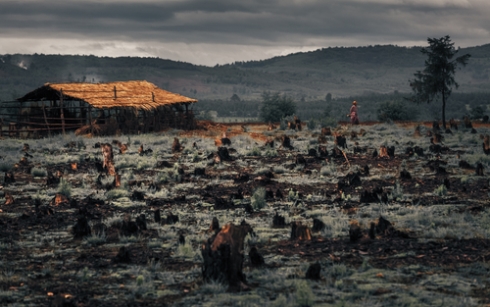Will mass species loss kill us off too?

Homo sapiens will end up on the red list unless we curb extinction rates, writes Simon Hoyte
The Biologist 63(2) p9
Ask an archaeologist when humans began to overexploit their surrounding environments, and they may say any number of things. They will most likely mention the advent of agriculture, the Pleistocene megafauna extinctions, or even the mass manufacture of stone tools from 3.3 million years ago.
What biologists and non-biologists alike can see more clearly than ever is that contemporary ecosystems worldwide are not happy. It only takes a brief glance at the data to bring on a sinking feeling. The latest International Union for Conservation of Nature (IUCN) findings reveal that 23% of mammals are extinct or threatened, along with 15% of birds, 21% of reptiles and 31% of amphibians.
This, of course, includes only the tiny number of species that science has so far 'discovered'. Is this out of the ordinary? A study published in Science Advances compared vertebrate extinction trends over the past century to a 'pre-human' background rate of two extinctions per million species per year[1]. The authors found that under normal conditions, the number of vertebrate extinctions from 1900 to 2014 would be expected to have occurred over a period of 800 to 10,000 years, not 114 years.
Clearly, we are in a period of very abnormal conditions indeed.
Want to continue reading this article?
Click to login.


